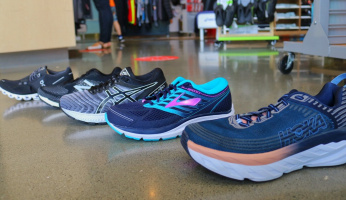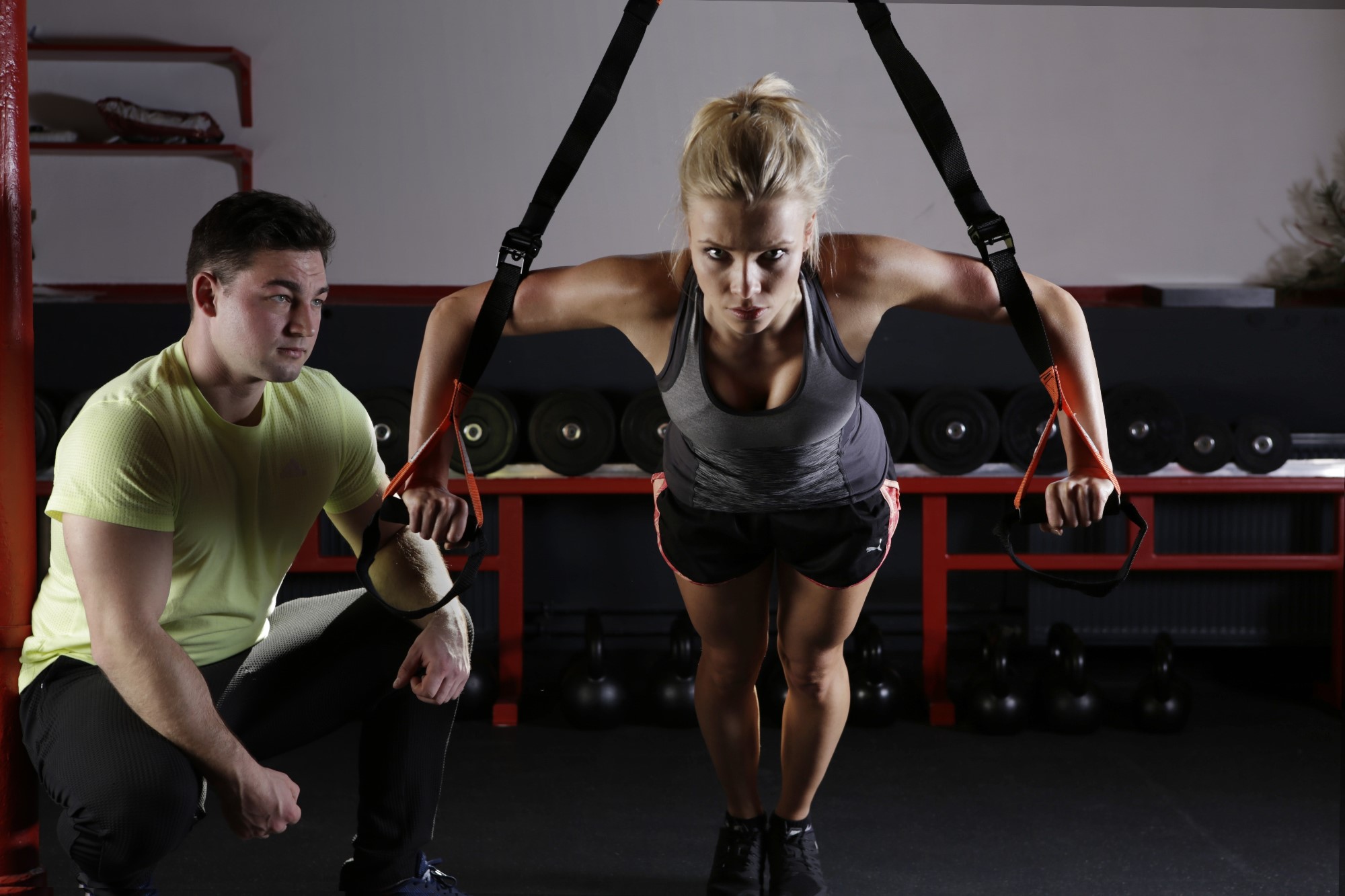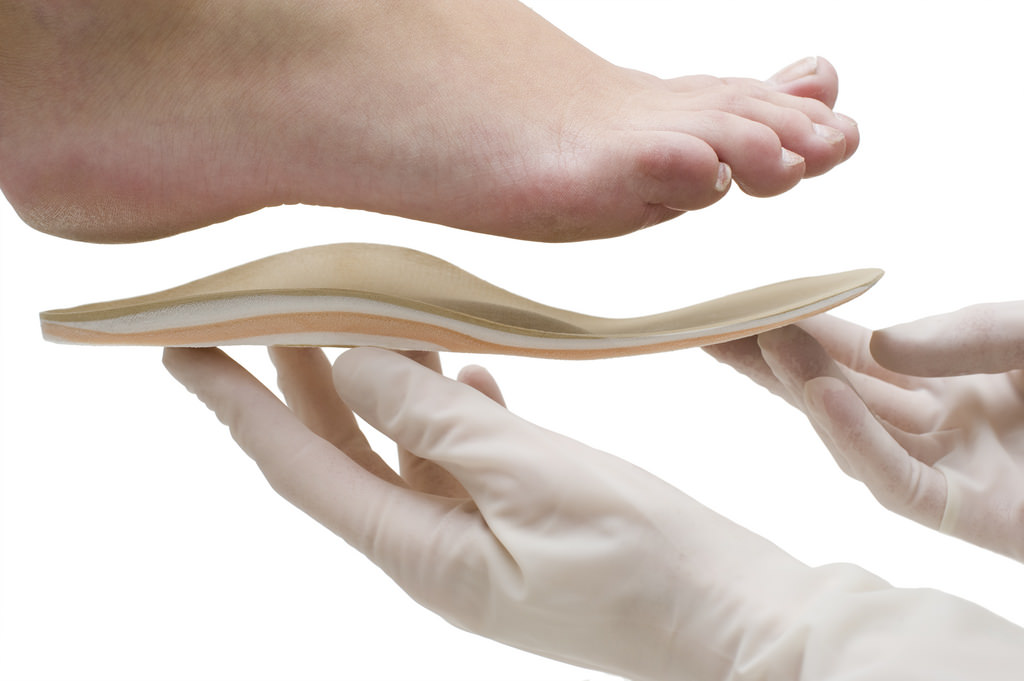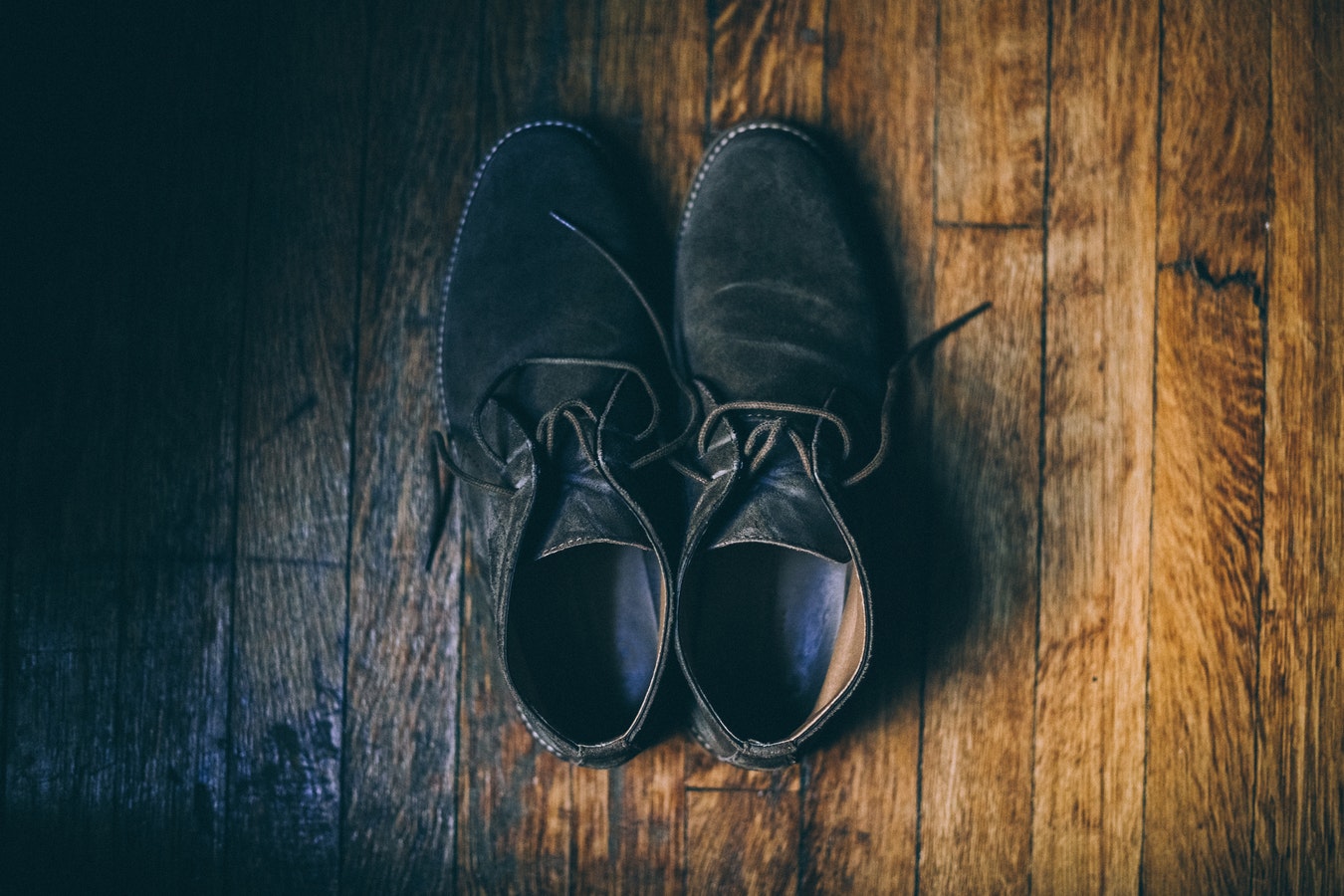Shoe Size Conversion: Complete Guide to Understanding Size Charts
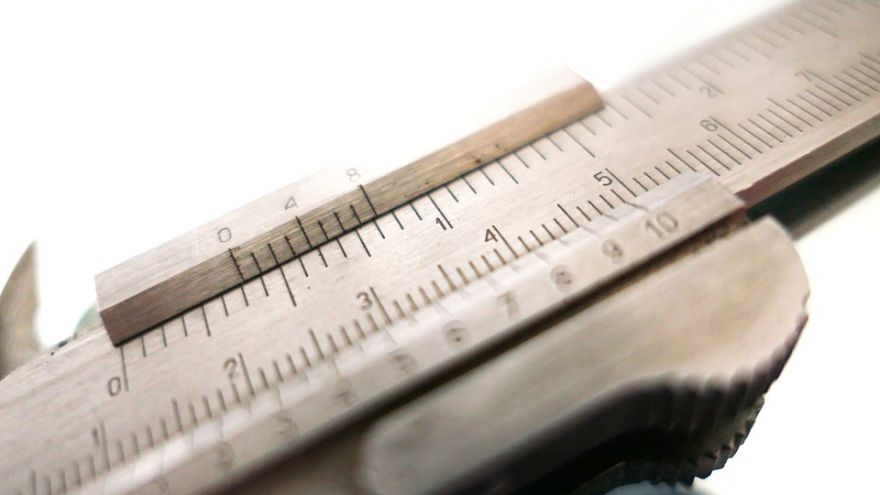 Shoe Size Conversion: Complete Guide to Understanding Size Charts www.walkjogrun.net
Shoe Size Conversion: Complete Guide to Understanding Size Charts www.walkjogrun.net Today’s market makes it very easy to purchase all most anything online. This most certainly encompasses shoes. Remember the day we would head out in the morning, try on a wide variety of shoes, which ranged in not only styles from sneakers to stilettos but also size depending on the manufacturer, just to go home exhausted with one hopefully well-fitting pair of shoes.
Thinking of making that same purchase online can be intimidating because you can’t try them on and we all know that shoes vary when it comes to sizing and width, let’s not even discuss European sizes, like what is a 42?! Actually, let’s do just that! We are gonna take a look at shoe sizing to help simplify the process and make your next online shopping experience for a new pair of dance shoes a breeze and hopefully one that leads you to a great pair of well-fitting, comfortable shoes.
Measuring
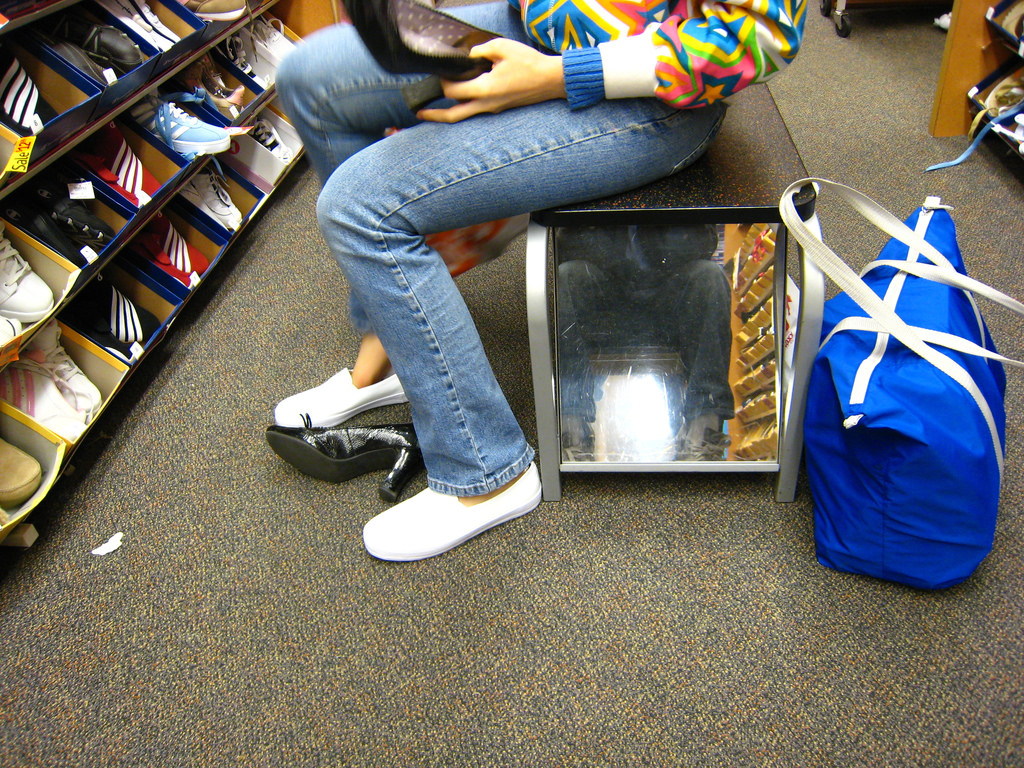
Many of us have had our feet measured at the local shoe store. Does this guarantee your feet are the same today as they were then? Have you sustained injuries? Are you doing a job that now requires long hours on your feet or do you find your feet are starting to swell at the end of a long day? Are you pregnant? All of these questions could impact the size of your feet not only on a long-term basis but even from a much shorter time period like between the morning to the evening.
Supplies Needed:
- Two pieces of paper larger than your feet
- Masking tape
- Washable Marker
- Ruler
- Someone to help — this is helpful but not needed
How to measure your feet:
- You should measure your feet in the evening when they are at their largest
[space] - You will want to be wearing socks when measuring for shoes you will be wearing socks with
[space] - Start by taping the sheets of paper to the floor to ensure they don’t slide around
[space] - Next, place one foot on one of the sheets of paper and outline it
[space]- This is where having someone to help can come in handy as it is easier to have someone else outline your feet
[space] - Make sure to keep your marker up and down so you don’t end up drawing under your foot or to an angle to the outside of your foot
[space]
- This is where having someone to help can come in handy as it is easier to have someone else outline your feet
- Repeat the process with your other foot
[space] - Using your ruler measure from the tip of the longest toe, typically the big toe, to the heel. You will also want to measure the widest part of the foot from side to side to help get an accurate width.
[space] - Jot the numbers down
We Have Measurements: Now What?
Seems simple enough that whatever your measurements are are the size shoes you need to buy. It really isn’t quite that simple though. For most people, one foot is slightly larger than the other and their feet don’t fall at an even measurement. The solution is you want to go with the larger foot and you want to round up to the nearest half or whole size, depending on the way the shoes run. For instance, Flip-Flops tend to only run in whole sizes and a bit big is better than your toes falling off the end of your shoes.
This is also where the specific sizing charts for different brands come into play. Not only are there different standards across brands but there are also huge differences in sizing between countries. European sizing runs very differently than American sizing and the conversion can be quite confusing if you don’t know what you are looking at. We found a solid sizing chart that compares sizes between countries. It is important to note this chart is generalized and you will always want to look at the specific size chart for the shoe you are thinking about purchasing.
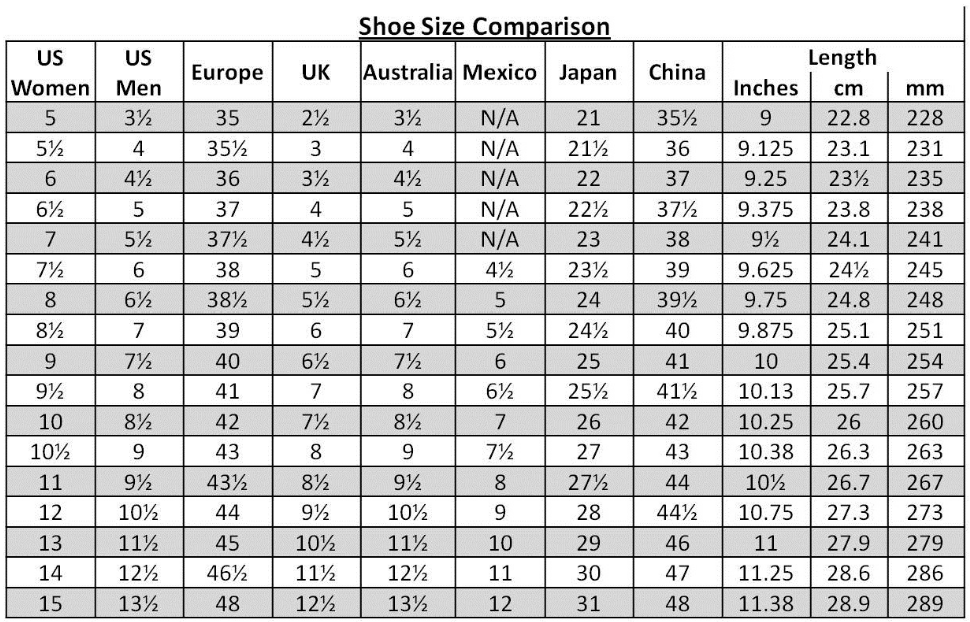
You will also want to pay attention to the width of your feet. Many manufacturers will only offer standard width sizing. This may or may not make a difference depending on the upper material. Materials like mesh and canvas will stretch easily and accommodate a bit of swelling. With the addition of laces, you can loosen or tighten them as needed. Other materials like leather will take much longer to stretch to a comfortable width and may never stretch as far as you would like.
Men’s shoes tend to come in more width varieties than women’s do. Women will have widths that range from narrow to extra wide width whereas men will have a much larger range depending on the brand. Here again, you will want to check out your specific shoe choice’s size chart and see what options they have available for width.
Let’s take a look at what the width sizes mean for men and women’s shoes:
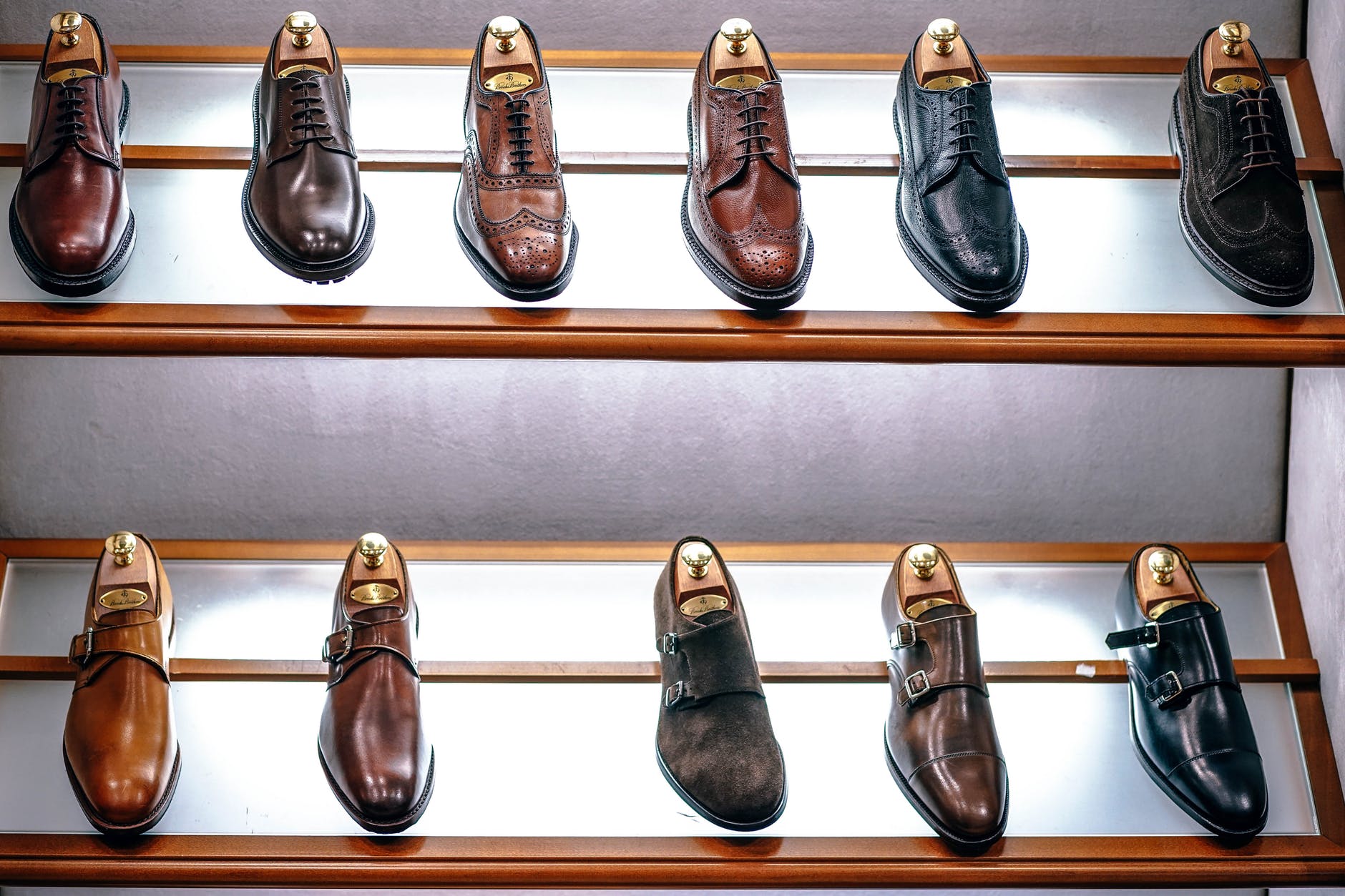
- Men –
In men’s shoes, sizing ranges from narrow to exceptionally wide and most brands break it down by letter. Each size will have a different equivalent to a measurement. While this covers the basics there are many other sizing options out there the cover even wider feet.
[space]U.S. Men’s Shoe Size B, N, & C = Narrow D, M, & R = Standard 2E, E, & W = Wide 6 3.3″ 3.5″ 3.7″ 6.5 3.3″ 3.6″ 3.8″ 7 3.4″ 3.6″ 3.8″ 7.5 3.4″ 3.7″ 3.9″ 8 3.5″ 3.8″ 3.9″ 8.5 3.6″ 3.8″ 4.0″ 9 3.6″ 3.9″ 4.1″ 9.5 3.7″ 3.9″ 4.1″ 10 3.8″ 4.0″ 4.2″ 10.5 3.8″ 4.1″ 4.3″ 11 3.9″ 4.1″ 4.3″ 11.5 3.9″ 4.2″ 4.4″ 12 4.0″ 4.3″ 4.4″ 12.5 4.1″ 4.3″ 4.5″ 13 4.1″ 4.4″ 4.6″ 13.5 4.2″ 4.4″ 4.8″ 14 4.2 4.5″ 4.9″ 14.5 4.3 4.6″ 4.9″ 15 4.3 4.6″ 5″

- Women –
Women’s feet are typically not as wide as men’s feet. However, for some that is not the case and you will be able to find brands out there that offer wider sizing than the average brand. Standardly, women’s shoes run from narrow to extra wide and will be able to accommodate a variety of feet. Here is a break down on how width goes for women’s shoes.
[space]U.S. Shoe Sizing Narrow Average Wide Extra-Wide 5 2-13/16″ 3-3/16″ 3-9/16″ 3-15/16″ 5.5 2-14/16″ 3-1/4″ 3-10/16″ 4″ 6 2-15/16″ 3-5/16″ 3-11/16″ 4-1/16″ 6.5 3″ 3-3/16″ 3-3/4″ 4-2/16″ 7 3-1/16″ 3-7/16″ 3-13/16″ 4-3/16″ 7.5 3-2/16″ 3-1/2″ 3-14/16″ 4-1/4″ 8 3-3/16″ 3-9/16″ 3-15/16″ 4-5/16″ 8.5 3-1/4″ 3-10/16″ 4″ 4-3/16″ 9 3-5/16″ 3-11/16″ 4-1/16″ 4-7/16″ 9.5 3-3/16″ 3-3/4″ 4-2/16″ 4.5 10 3-7/16″ 3-13/16″ 4-3/16″ 4-9/16″ 10.5 3-1/2″ 3-14/16″ 4-1/4″ 4-10/16″ 11 3-9/16″ 3-15/16″ 4-5/16″ 4-11/16″ 11.5 3-10/16″ 4″ 4-3/16″ 4-3/4″ 12 3-11/16″ 4-1/16″ 4-7/16″ 4-13/16″ 12.5 3-3/4″ 4-2/16″ 4.5 4-14/16″ 13 3-13/16″ 4-3/16″ 4-9/16″ 4-15/16″ 13.5 3-14/16″ 4-1/4″ 4-10/16″ 5″ 14 3-15/16″ 4-5/16″ 4-11/16″ 5-1/16″
While we know finding a great pair of well-fitting shoes can be a challenge, accurate measuring can make all the difference in the world. With a little bit of patience and research, you will be on your way to your new favorite shoes in just a few minutes. Shoes that your feet move around too much in or ones that constrict your feet will lead to pain and possible trouble with things such as ingrown toenails or rolled ankles. Double checking reviews and taking into consideration that some shoes run narrow or need to be sized up can also save you a lot of time and hassle in the long run. Save those days for better things than shoe shopping and feel confident when you make a quick purchase online by following the simple instructions laid out above.
Sources:
- http://www.shoesize.com/converter/
- https://en.wikipedia.org/wiki/Shoe_size
- https://www.reference.com/beauty-fashion/explore/shoes?qo=learnMore
- www.shoesizeguy.com/
- https://www.gearx.com/blog/knowledge/skiing/mondopoint-what-is-it-and-how-is-it-measured/
- https://en.wikipedia.org/wiki/Brannock_Device
- https://www.blitzresults.com/en/shoe-size/







